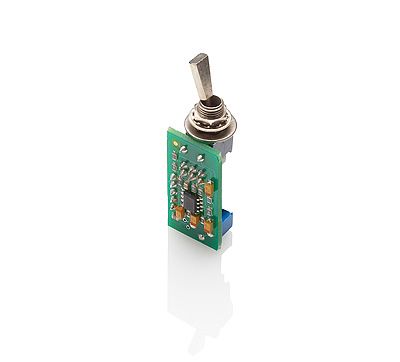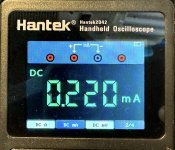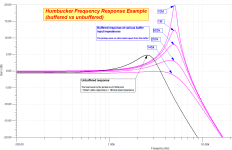Feral Feline
Well-known member
You can't.
An article just came out about a passive boost and overdrive/distortion.
Can someone explain to me how you can have a passive boost/overdrive?
I looked into the Black Ice stuff (and 2or3 others like it) a decade or so ago.
It's a wee bit Snake-Oily to call a passive circuit a boost.
... AND
I just scrolled down and CyberCow has already debunked it in a way far better than I ever could. As he mentioned, it's just a few small components.
I don't think it involves a transformer. Well, at least the original Black Ice didn't (FAIK), but Black Ice company seems to have expanded its product line so maybe a transformer is in one of the products.
For anyone interested in something similar to a Black Ice device I recommend the openly transparent and clear Mojo Maestro by Ethan Winer.
I'm not saying the Winer-circuit is transparent itself, but rather that Winer presents information about it in an openly transparent honest way — no snake-oil.
Link to the Mojo Maestro article.
The PDF of Winer's MM article.
MM discussion on Mr Winer's forum.
DIYRe's take on Winer's MM: https://www.diyrecordingequipment.com/products/mojo-maestro-passive-clipping-colour
It's meant to be a stereo-circuit, but as you can see it extrapolates to a solitary channel easily enough:


Joe Gore's exploration of the Black Ice is here, as well as his own take on a passive-clipping method; and a Black Ice demo vid:
Here's yet another passive-clipping DIY article:

Passive Guitar Overdrive (Black Ice)
Passive Guitar Overdrive (Black Ice): A friend of mine brought to my attention a passive guitar effect, called "Black Ice" which takes the place of the capacitor (or wired with the capacitor) on the tone knob, and when used, gives the guiatr's sound a "crunch" similar to an overdrive. H…
If you dig around a bit, there are articles about people modding an instrument cable to have properties such as the Mojo-Maestro/Black Ice.
Nowadays, with SMD bits available, it's even easier to secret a passive-clipping device into a cable, let alone the huge space (relative to a cable and SMD parts) inside a guitar cavity.
Sorry for the digression, back to buffers and speaking of SMD, I quite like ELS's buffer-on-a-jack:
PedalPCB's buffers are on sale right now:
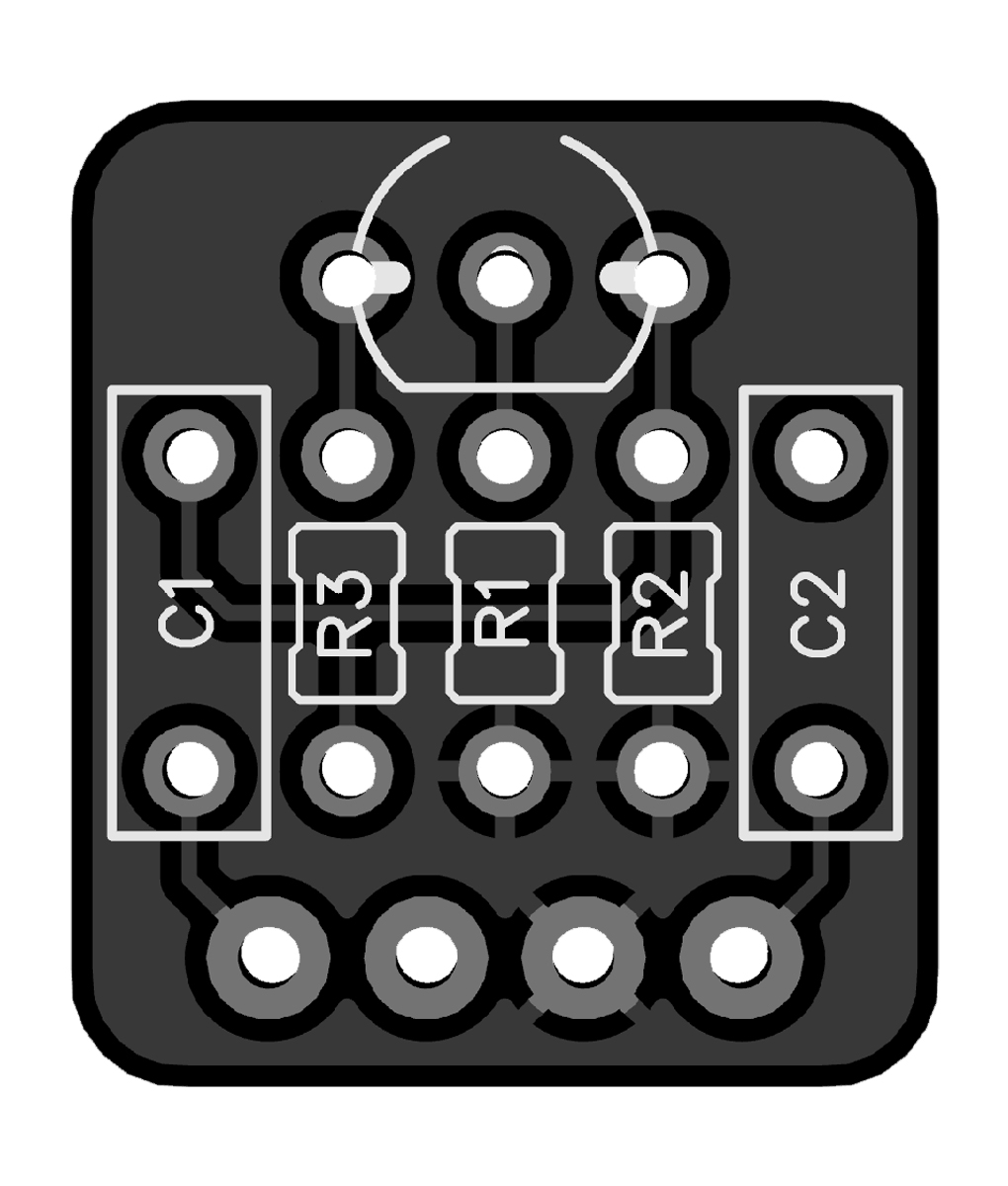
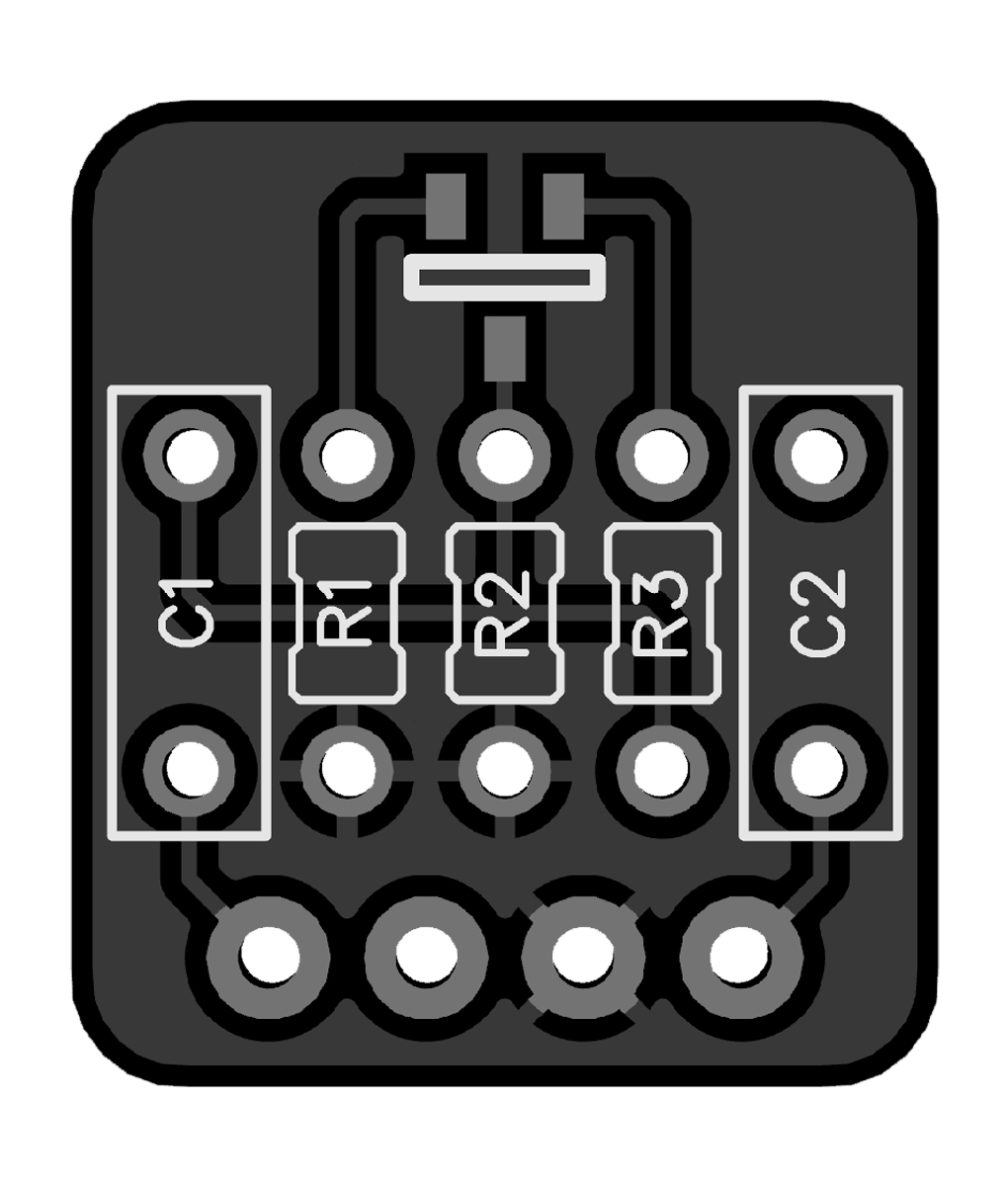
and space permitting (if it suits your needs), a bypass buffer:
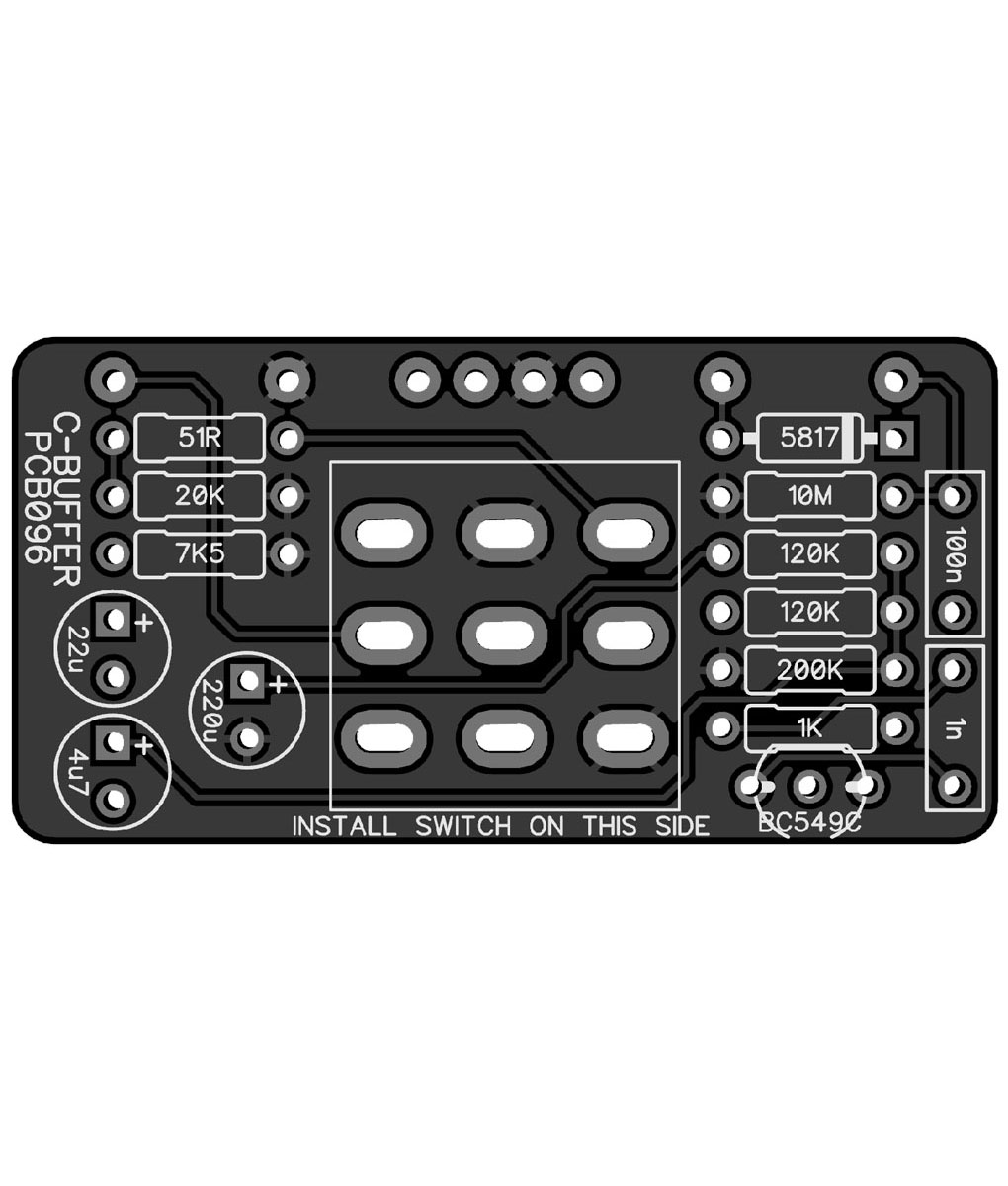
Last edited:



